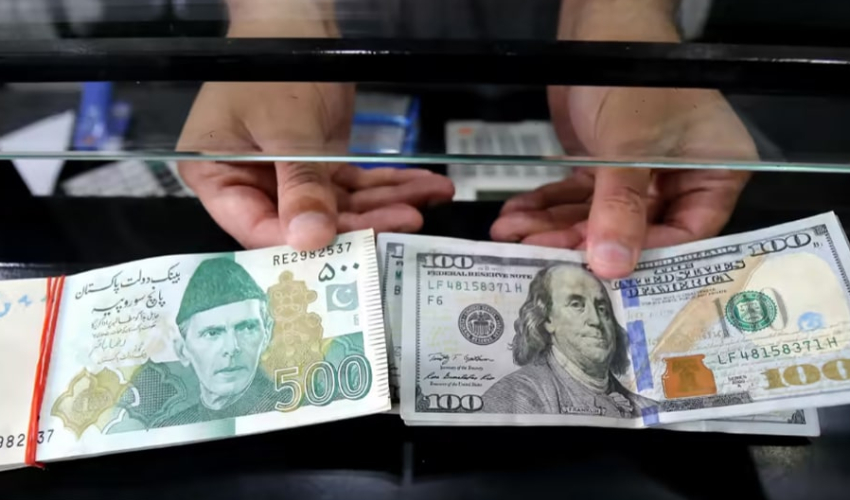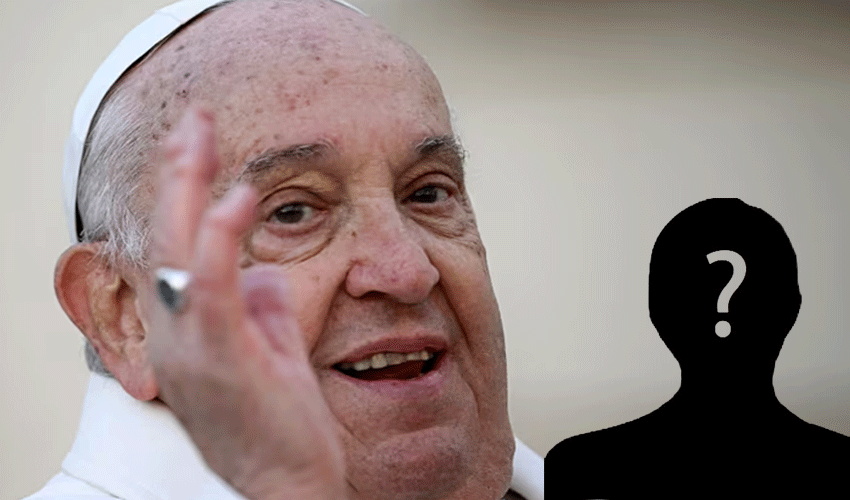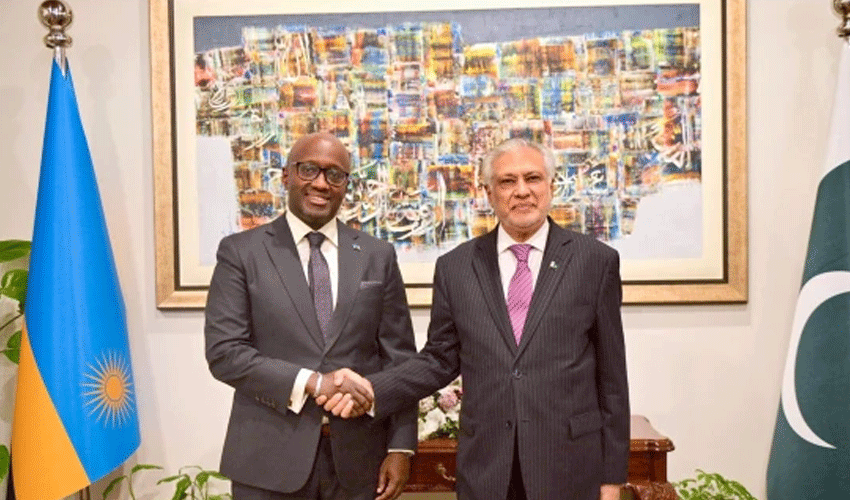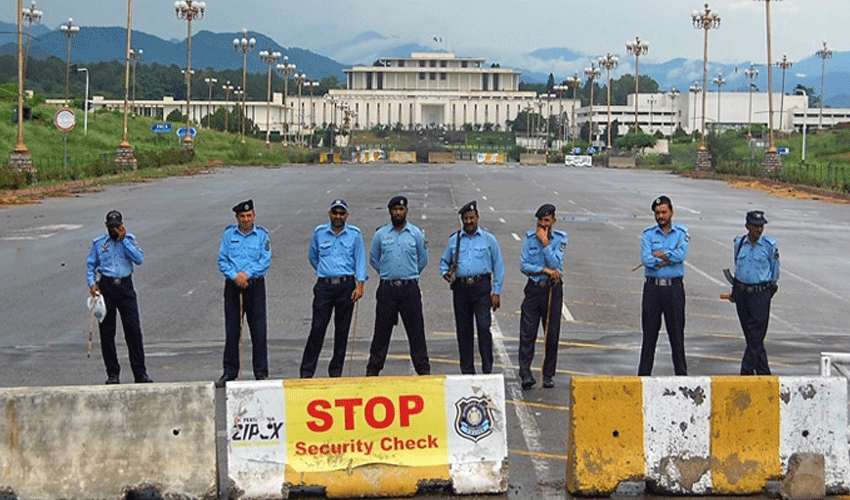Experts and analysts predicted that the rupee will move on a controlled range over the next several weeks as the exporter's solid dollar supply balances the political uncertainty followed by a divided election result.
As Khan and Sharif both proclaimed themselves winners and promised to form the next govt administration, increased political deadlock that could also delay much need for major reforms and foreign investments for the country which is in financial distress.
In the interbank market this week, the rupee strengthened somewhat against the U.S. dollar, ending at 279.28 on Friday as opposed to 279.42 on Tuesday. The market was closed due to Kashmir Day on Monday and Election Day on Thursday.
In the polls, there were no major winners from the three major parties which were tainted by claims of vote rigging and violence. It resulted in a hung parliament.
The largest bloc was formed by the jailed ex-Prime Minister Imran Khan party fielded many independent candidates and was followed by Muslim League Noon (PMLN) of Nawaz Sharif and Pakistan People’s Party (PPP) of Bilawal Bhutto Zardari.
According to Tresmark, a currency advisory firm noted the clients that "The political situation quite stressed and uncertain". There is a major risk of protests and violence if the final results are not accepted by all major parties.”
This could also further put more pressure on the rupee and the external account as the investor's and the creditor's trust would shake.
According to Tresmark sources this month rupee was likely to trade in the range of 278 to 282 and there is very little room available to increase.
After two reviews the IMF has already concluded a 3 billion dollar loan for Pakistan due to possible changes in economic policies after the new government assumed office in the coming March the third one could face big hurdles.
According to the latest data Pakistan's foreign exchange reserves owned by the central bank decreased by 173 million USD as of February 2 to 8.044 billion USD.



























